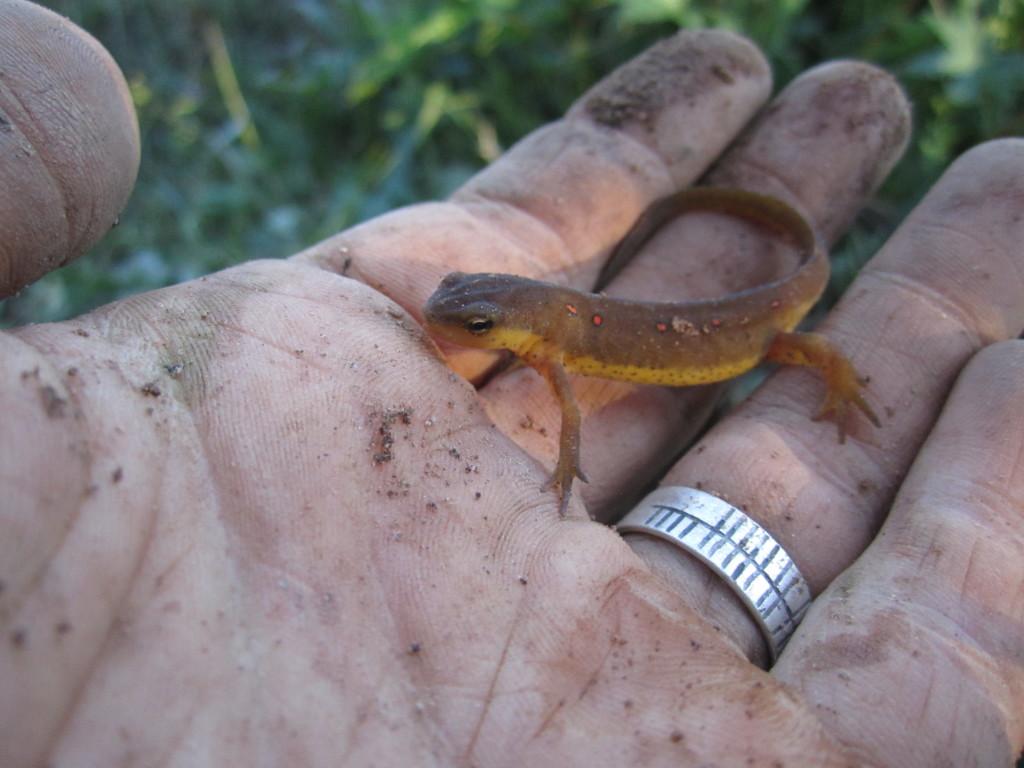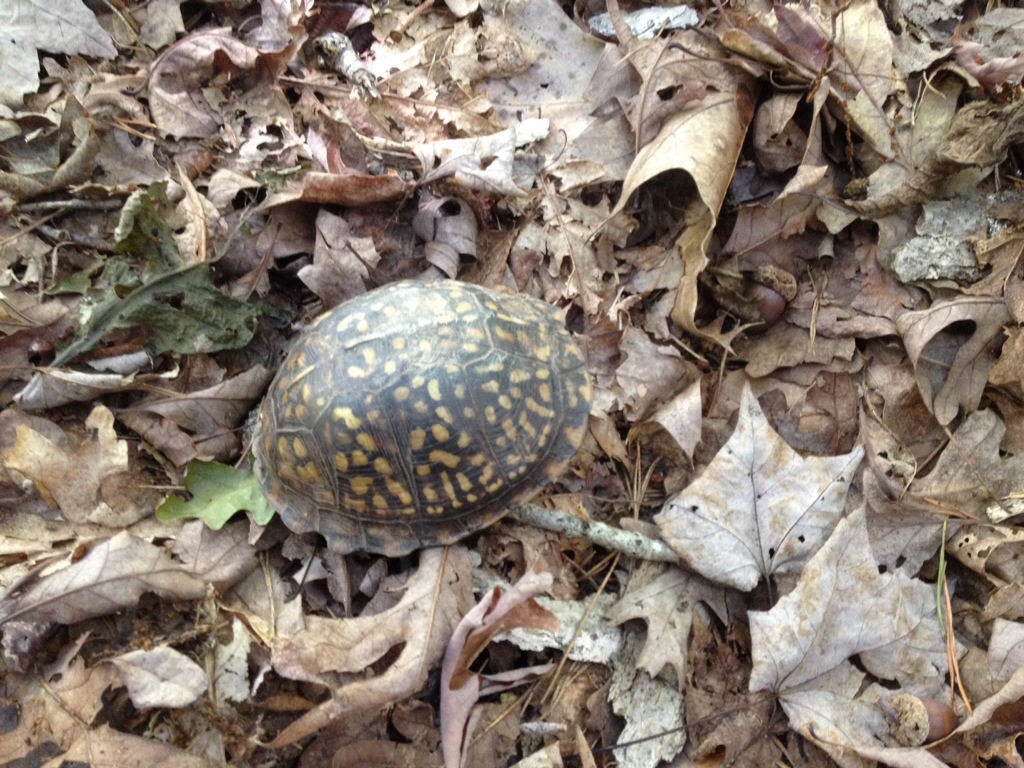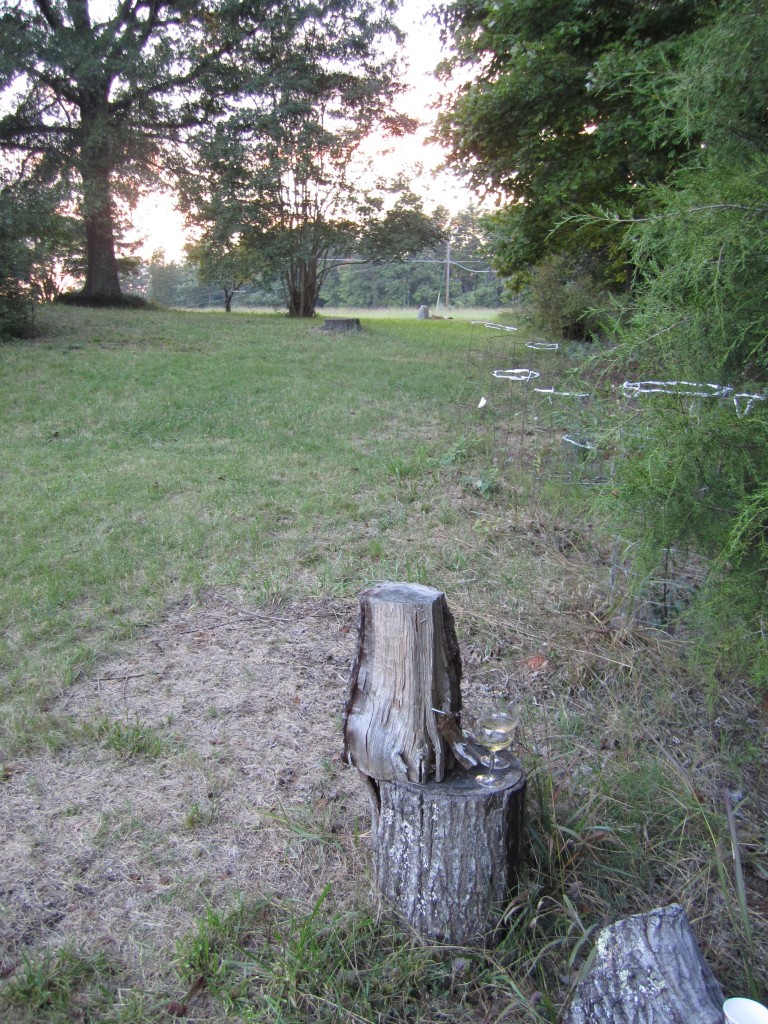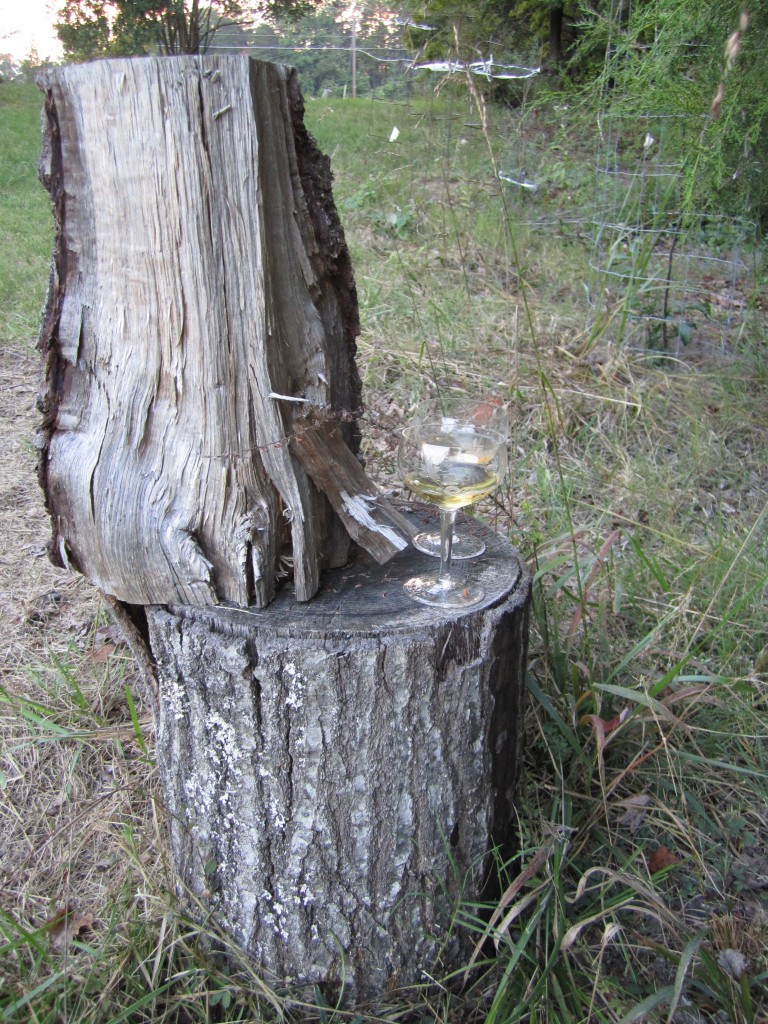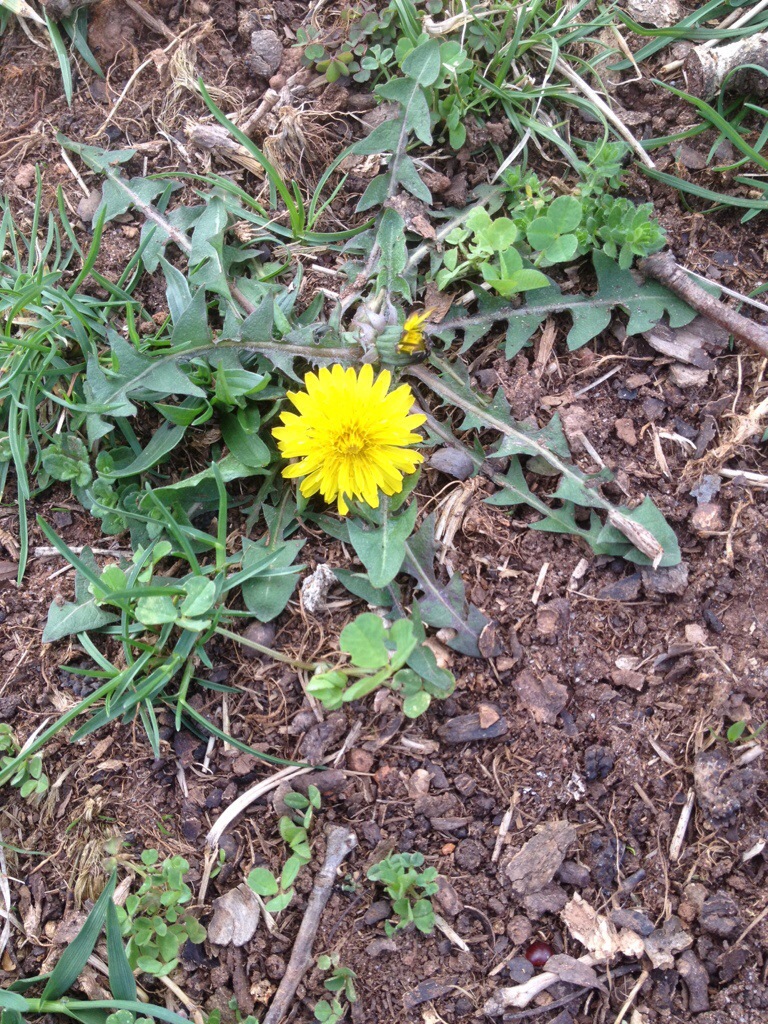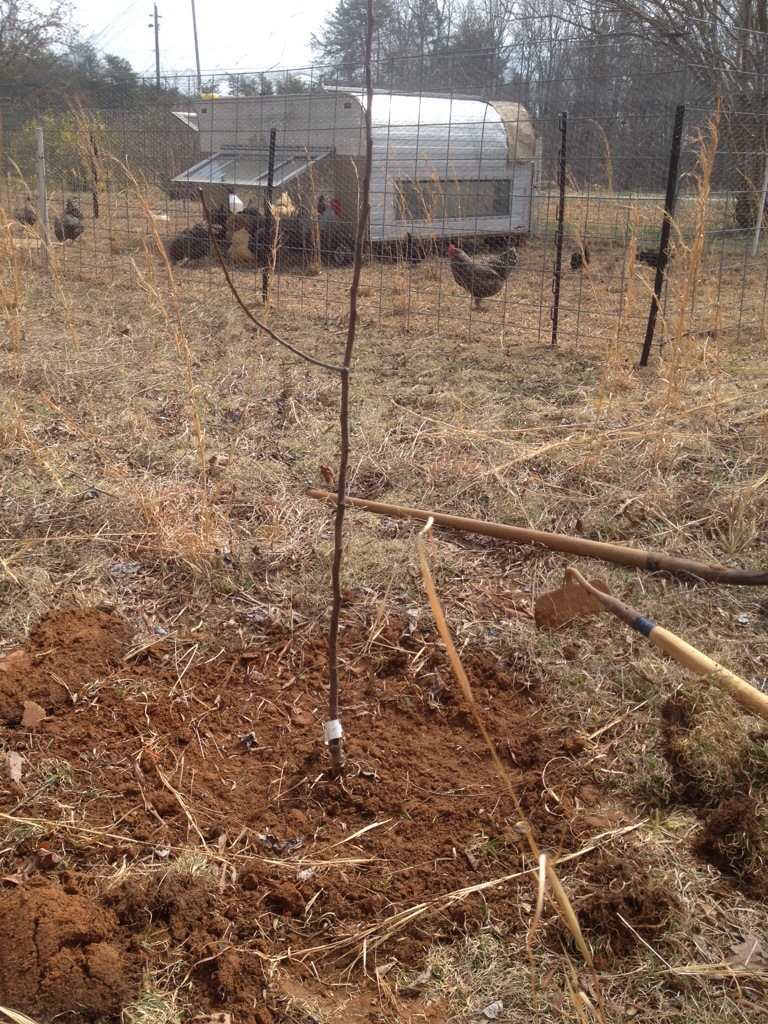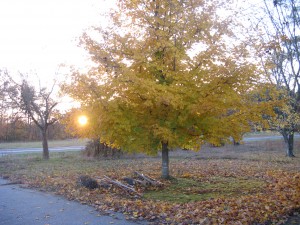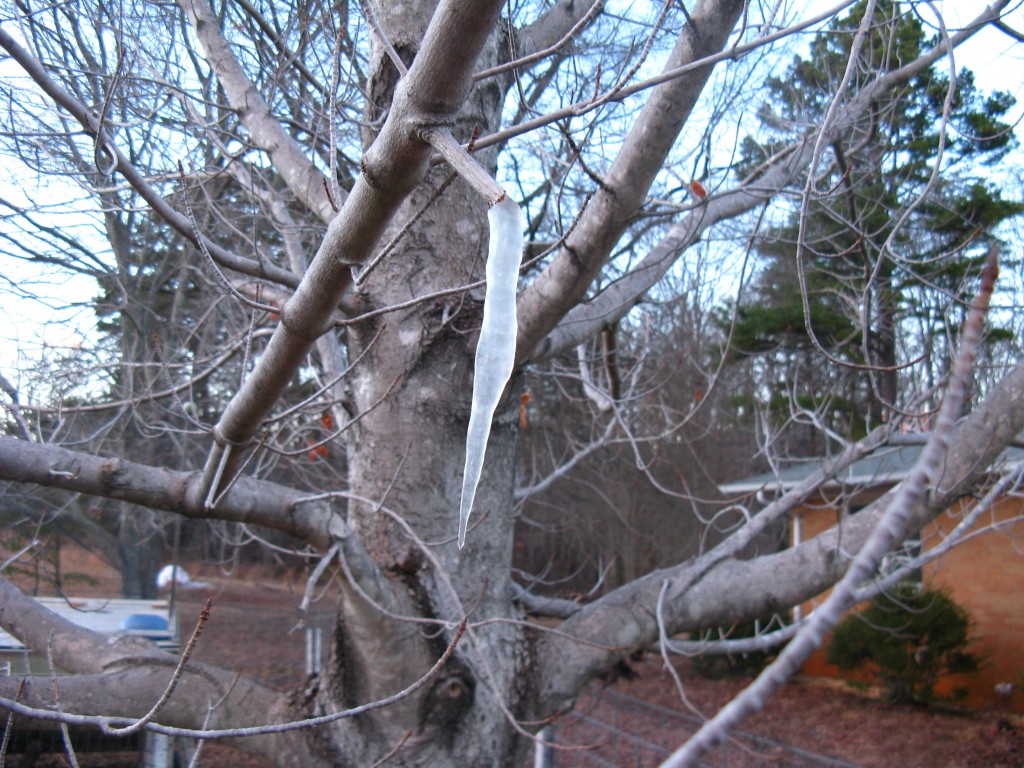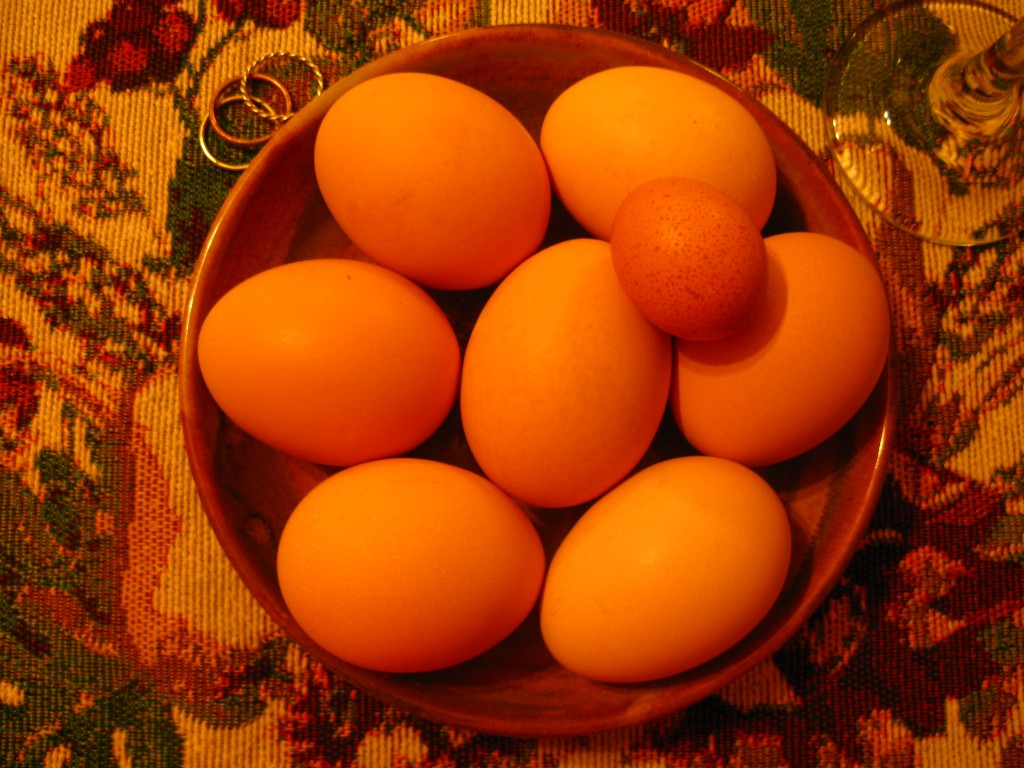on monday, may 26th, our first baby chicken was born here at the homestead. our first baby anything, for that matter, and it was all very exciting.
the dedicated hens sat on their eggs for 21 days (the incubation period for chickens) and even though we started with 12 eggs, only 1 baby was born. this is because not all of the eggs were fertilized and some of the eggs were busted over time as the many broody hens switched from nest to nest. next time, to prevent this egg-breaking issue, we plan to give the broody hens a better, more private space to sit. i was super excited about the baby being born because 2 fertilized eggs were accidentally crushed only a few days before their hatch date. while it was very interesting to get to examine the nearly born babies, it was also a little sad to know that they came so close to emerging into the world but just never got to. i conducted funerals for both.
so when the first chick was born, i just had to give her a name. i knew there was a chance that she wouldn’t make it (as is the case with all animal infants), but i just couldn’t help it. i named her primera, since “primero” in spanish means “first.”
another really exciting thing about primera, besides the fact that she was here (!!!), was that she was a cross between rex (our black and white speckled barred rock rooster) and one of the tan/golden buff orpington hens. this means that she was a kooky and amazing color blend! her belly was golden fading to bronze, fading to silver, fading to gray. her back was mostly dark gray but she had a golden “crown” of feathers on her head. i was lucky enough to hold her during her first two days and she was beautiful and lively.
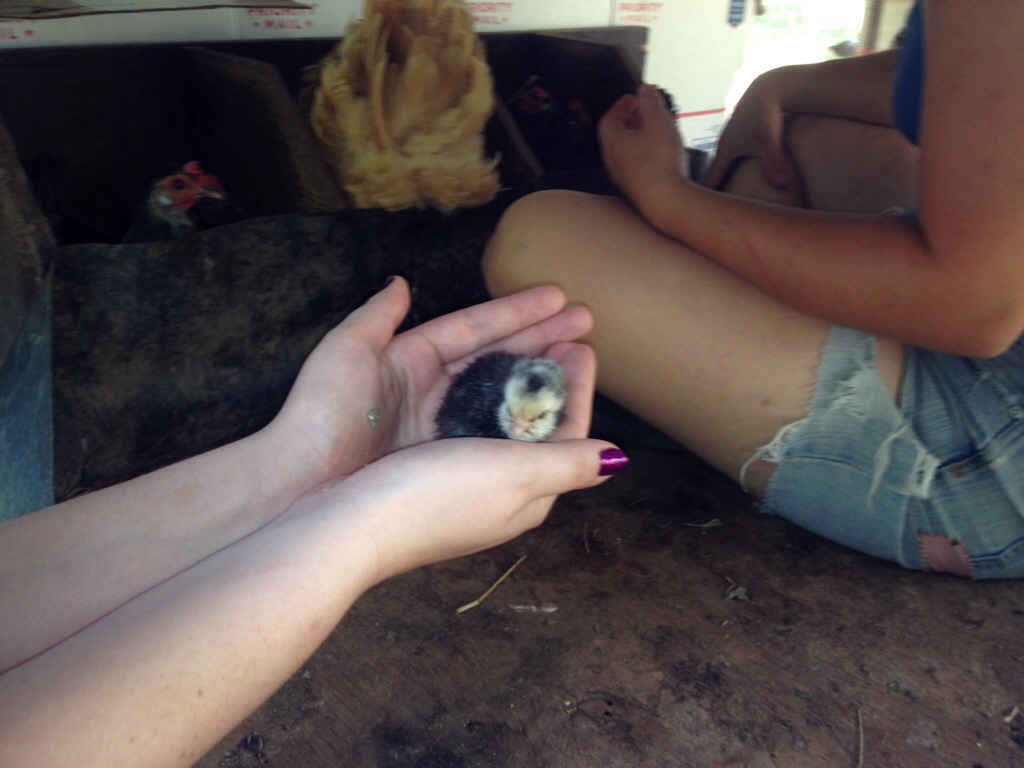
interestingly, the mothers (yes, two!) that sat on her while she hatched and claimed motherhood, were two black bantam hens. bantams can be better mothers than standards and our bantams are older and a little more mature than our standards. i felt like it was lucky that she had a more experienced mother, and two of them… even better!
on wednesday, may 28th, her third day of life, her mothers took her out of the nest box and into the outside world (as is the norm for all chicks’ coming-out-parties). i have no way of knowing what her time was like in the outside world or how long she was outside (jason and i were both at work).
when i came home and went to feed the chickens that day, i found that she had died. maybe i’m too emotional (i really don’t think so) but it was horrible to see such a new little life no longer alive. her body was laying a few feet from the chicken house and all of the other chickens were going about their daily business. my guess is that her two bantam mothers brought her out in the world and the other chickens (the standards and maybe even some of the bantams) thought she was an intruder and attacked her. and what can two smaller mothers do against a bunch of bigger chickens? nothing really. afterwards, i read up on what could have happened, and i found that this behavior is not uncommon but also not expected. i can perhaps credit it to having the two flocks living together, creating an atmosphere of competition (?). i also think it was harder since there was only one of her, and she was not part of a group.
i was really mad at all of the chickens for a day or two, until i remembered that i can’t humanize them. they are animals. they are important animals–special things–but they are not human and therefore cannot be blamed for “blindly” following instinct. they are not truly guilty, just as i am not guilty for having failed to protect her.
it has been a learning experience, though, and this had taught me what to do differently next time we hatch chicks. for example, i am definitely going to fully separate the new mothers and their babies from the rest of the flock until the babies are at least a few weeks old and less likely to be assaulted. i am also learning something that i really already knew… that when you raise animals, some of them die. sometimes they die because of health reasons, sometimes they die because of circumstance or lack of understanding on your part. i do know now, that as long as we are trying our best to be good stewards of the animal families that we raise, it is okay. it is the cycle of life, after all.
some things die and some things live, and how can i presume to know the reasons why the universe moves the way it does?
primera’s funeral was conducted “peruvian-style” with jason’s help, and we buried her under a crab apple in the front yard. i thanked her for coming to stay with us for a while and i will not forget her and what she meant to us… that life is possible.
life is always possible.
.:.
we will be taking a break from hatching chicks for a few weeks, and then after that time, once we are better prepared and if some hens are still broody, we will try again.
.:.
